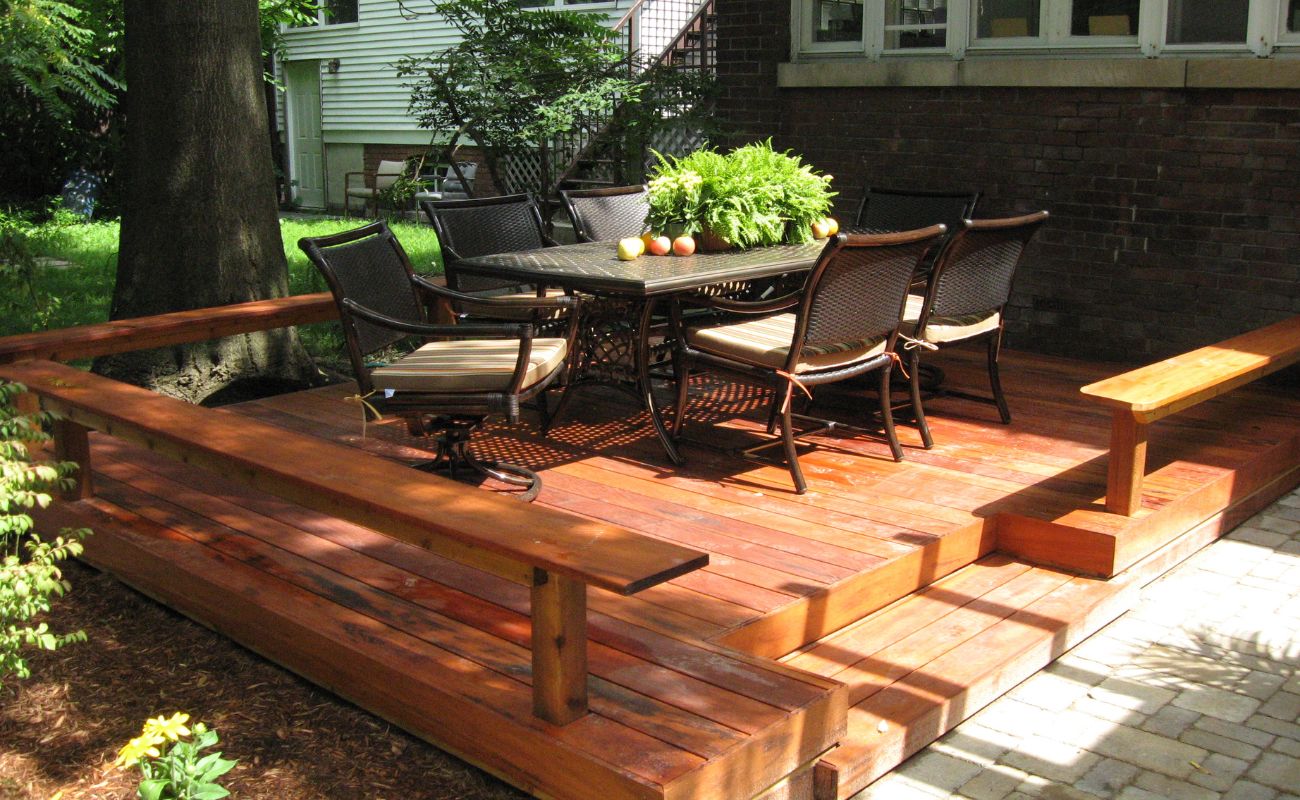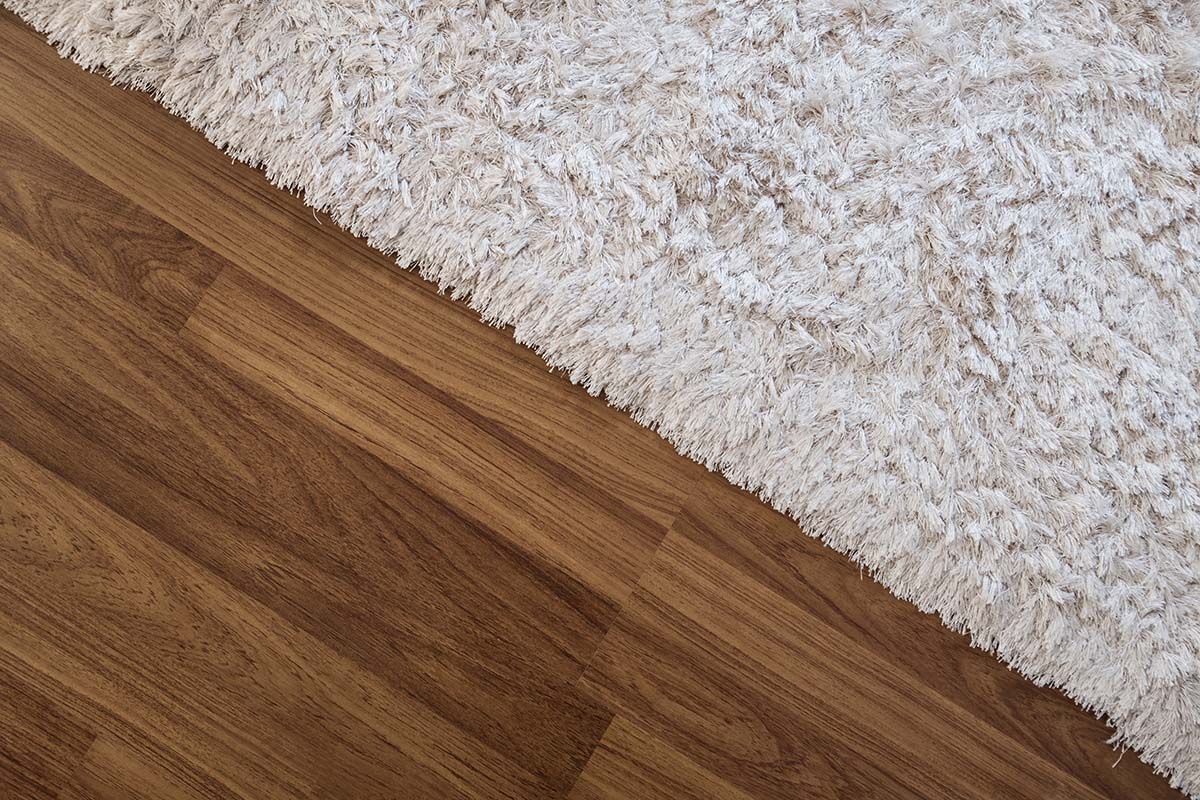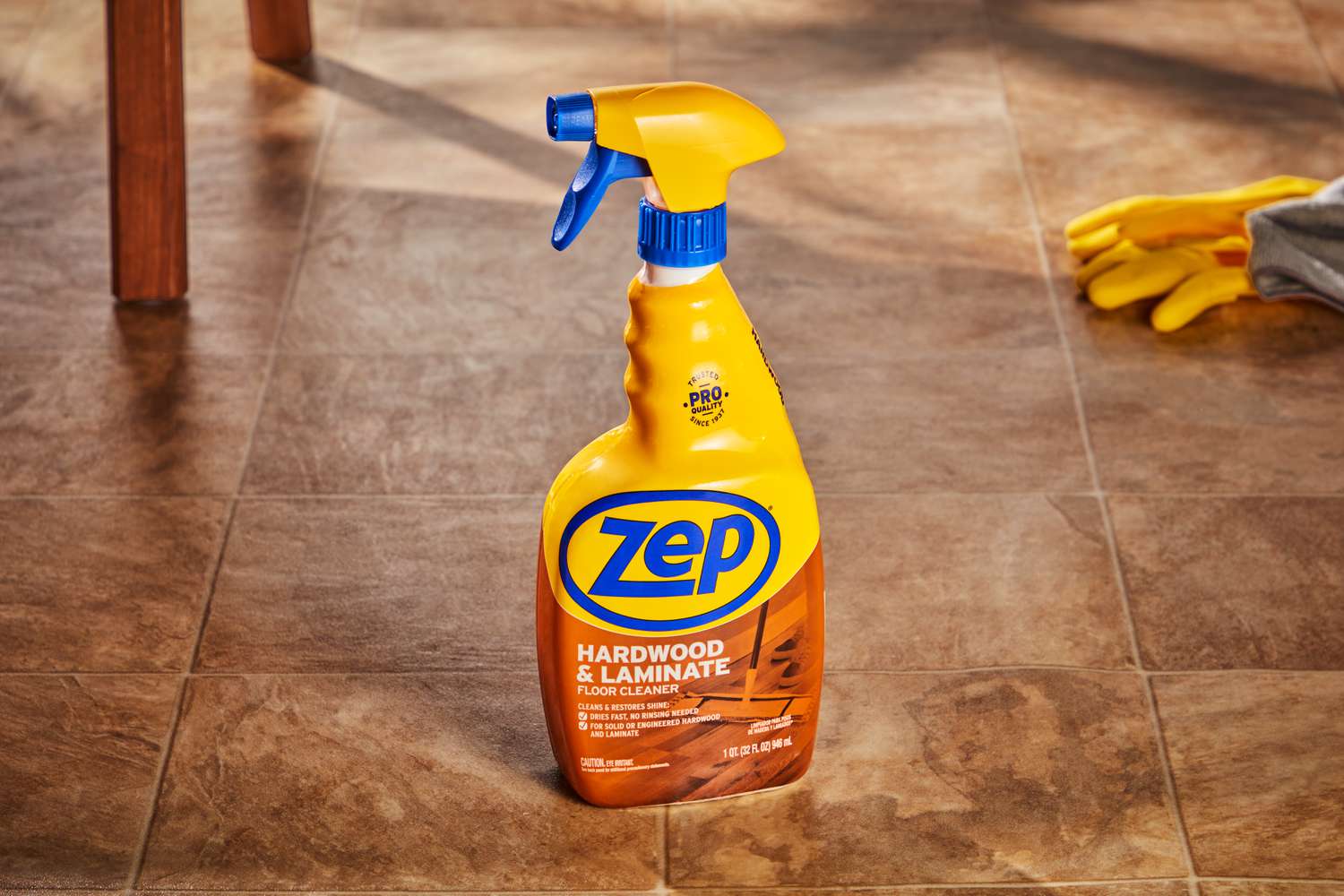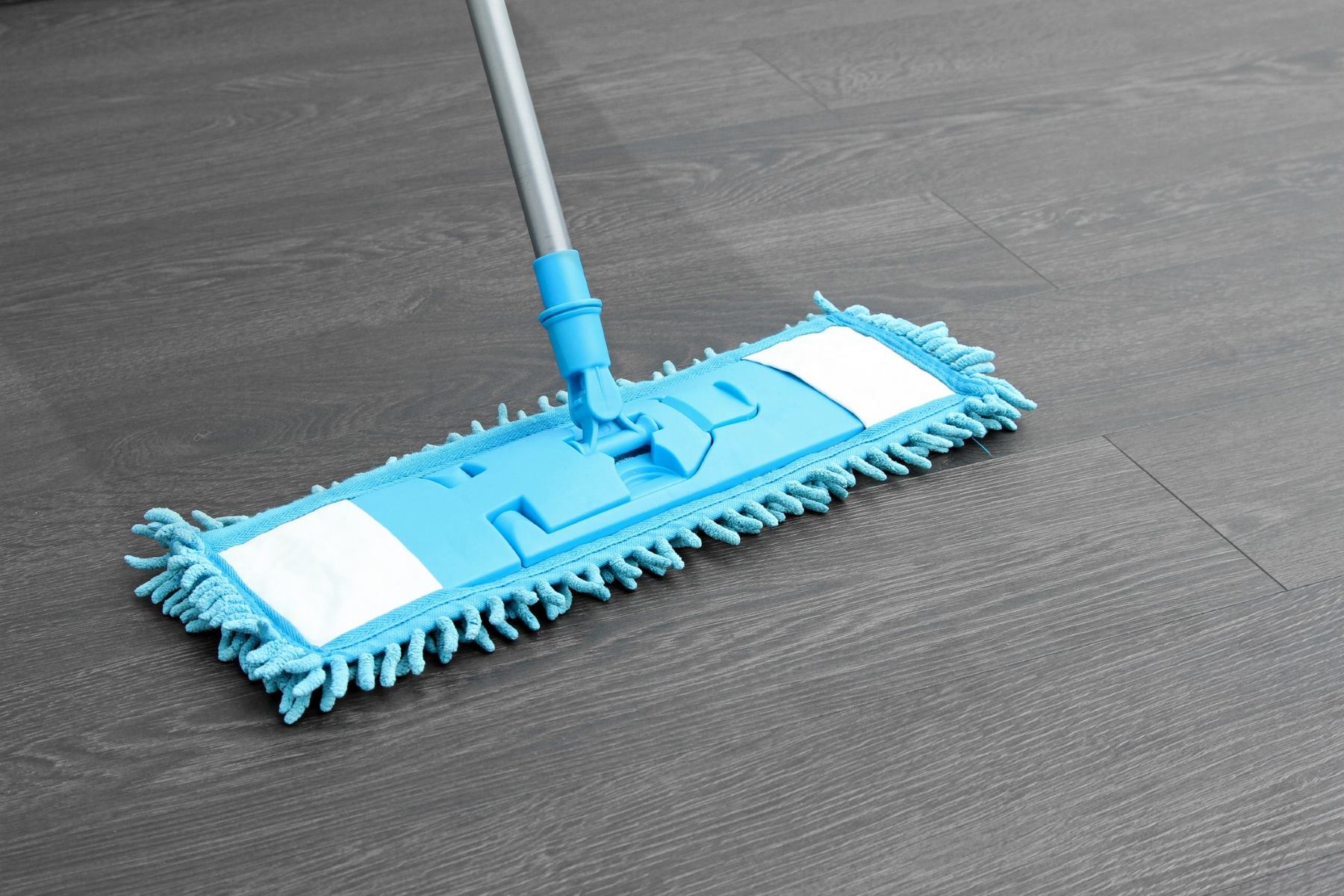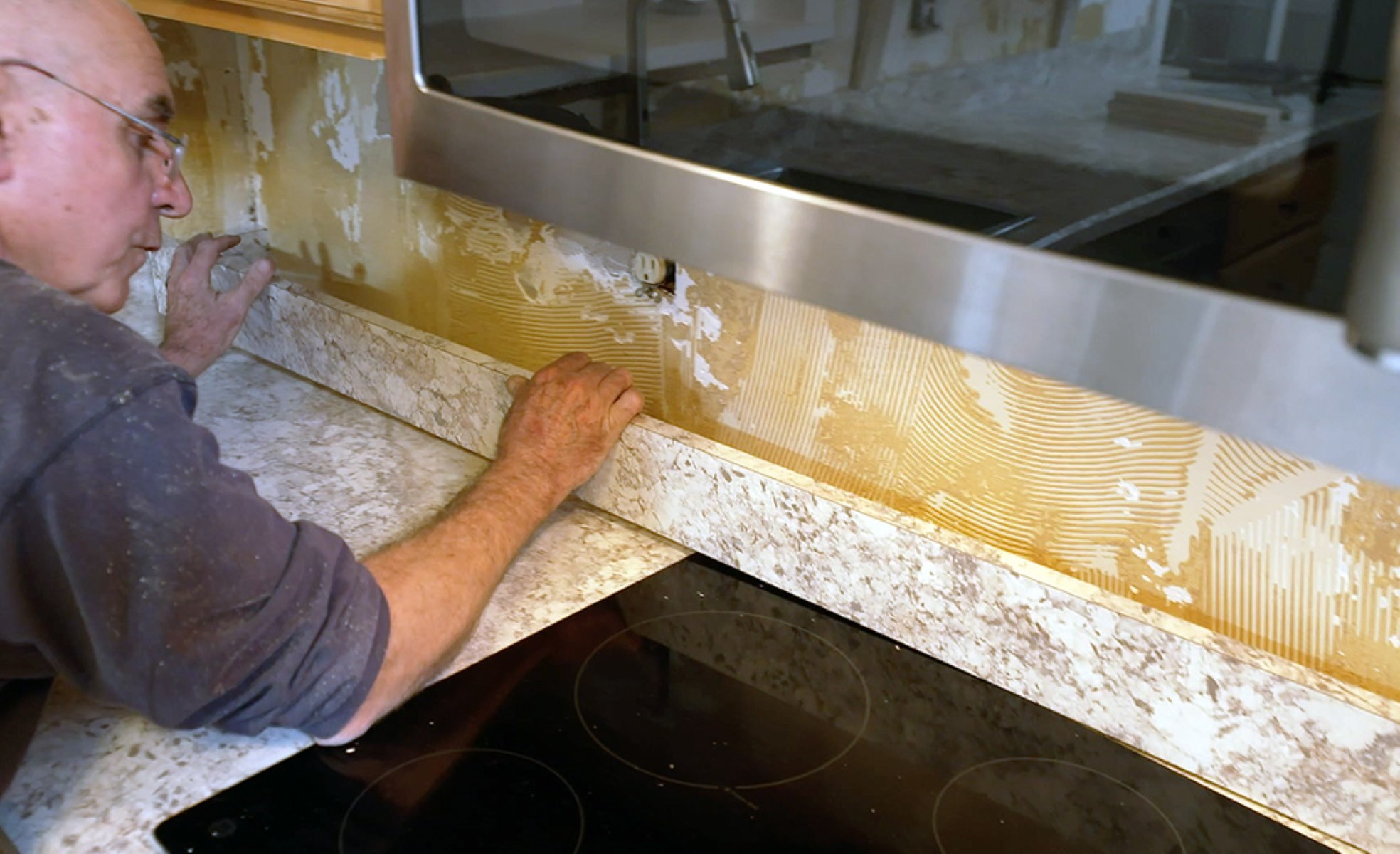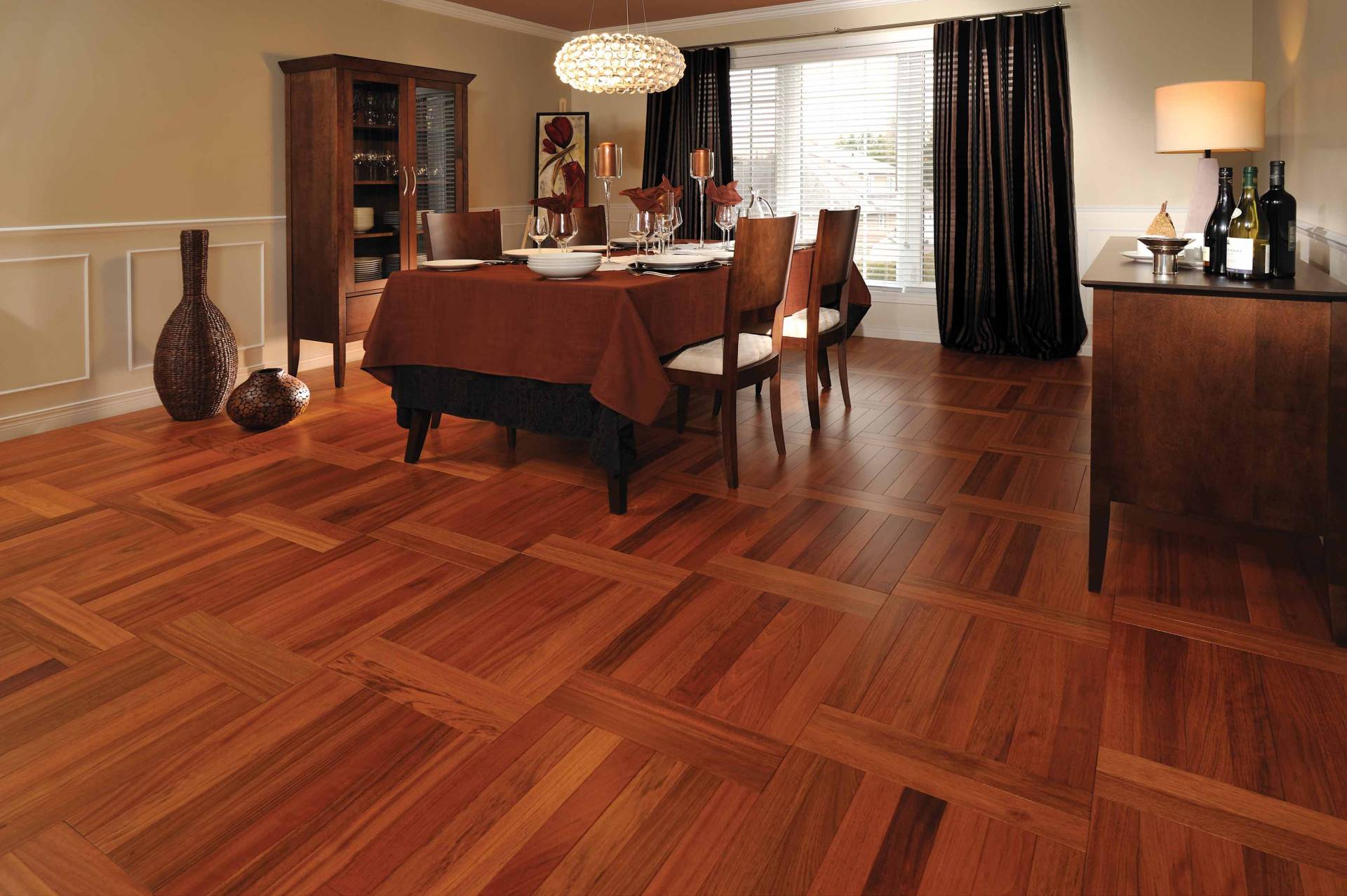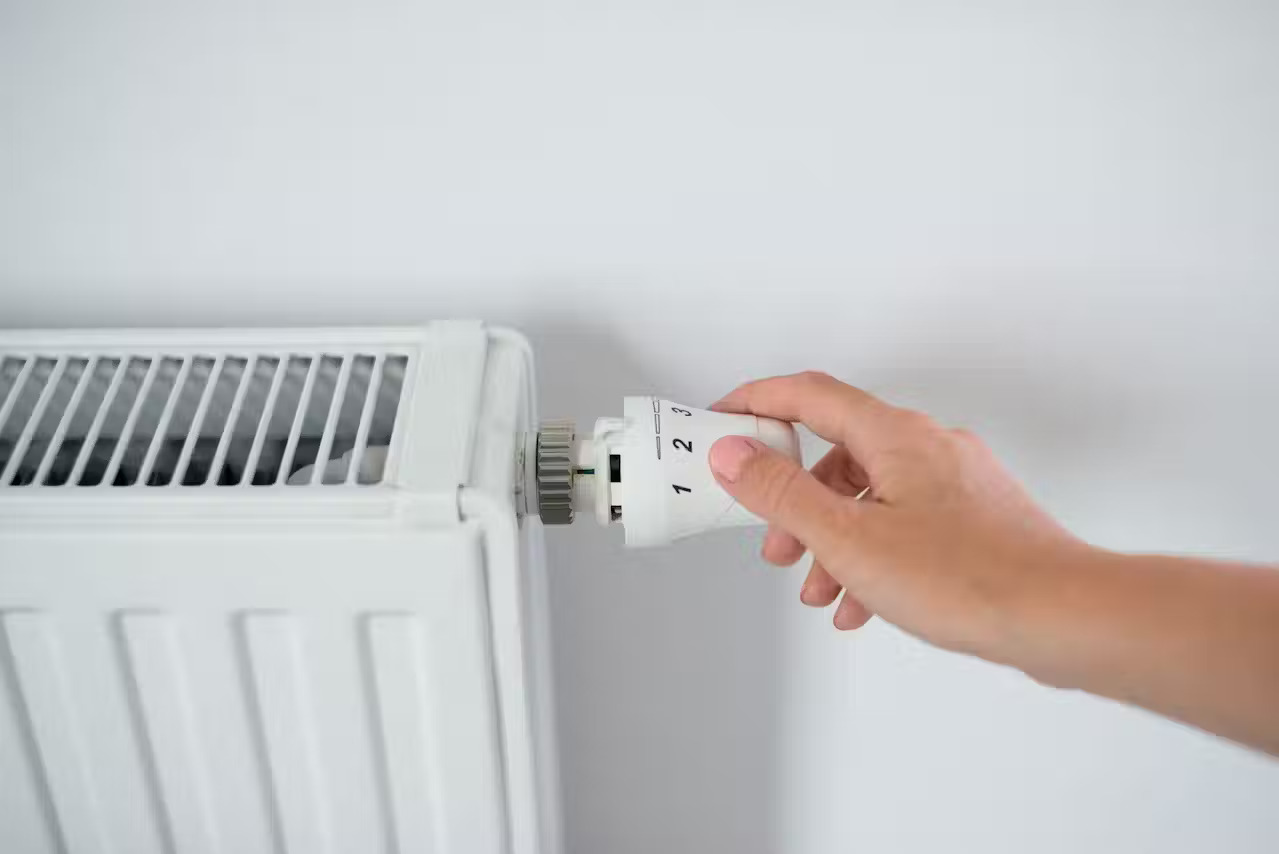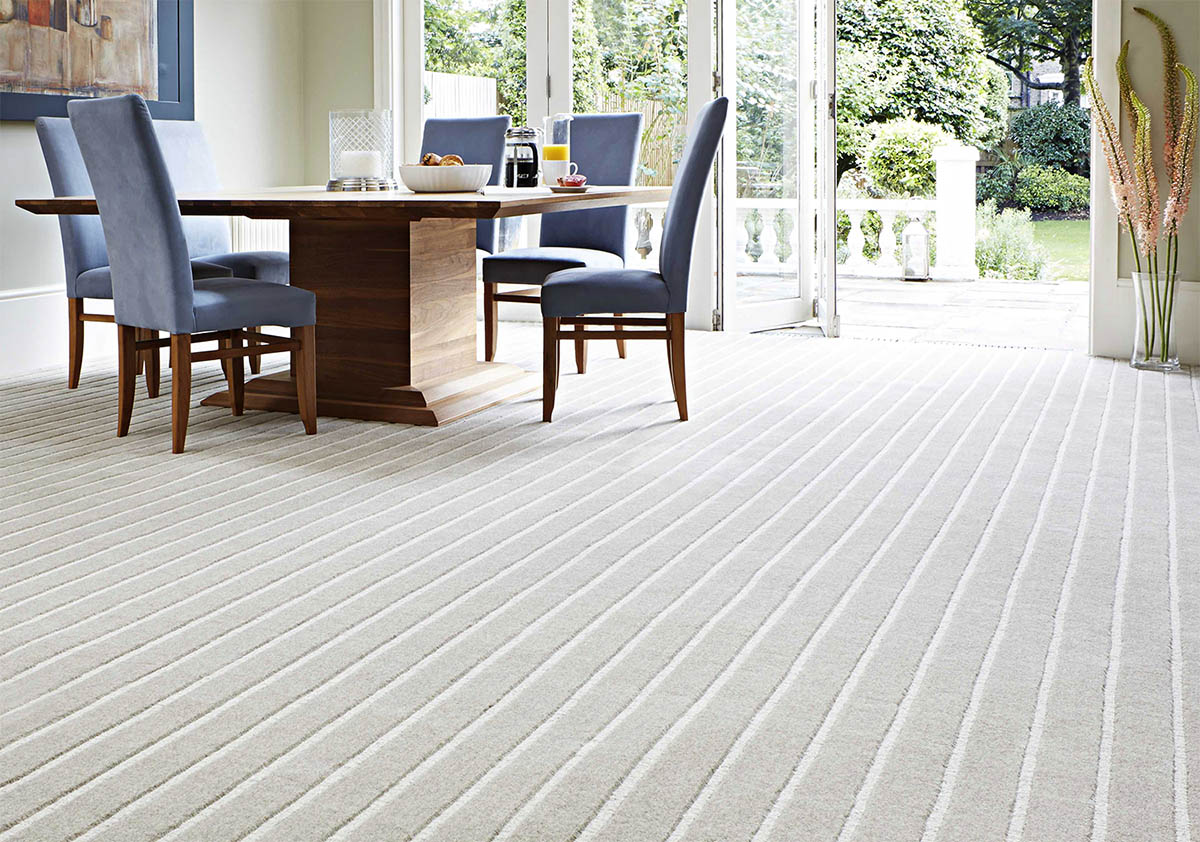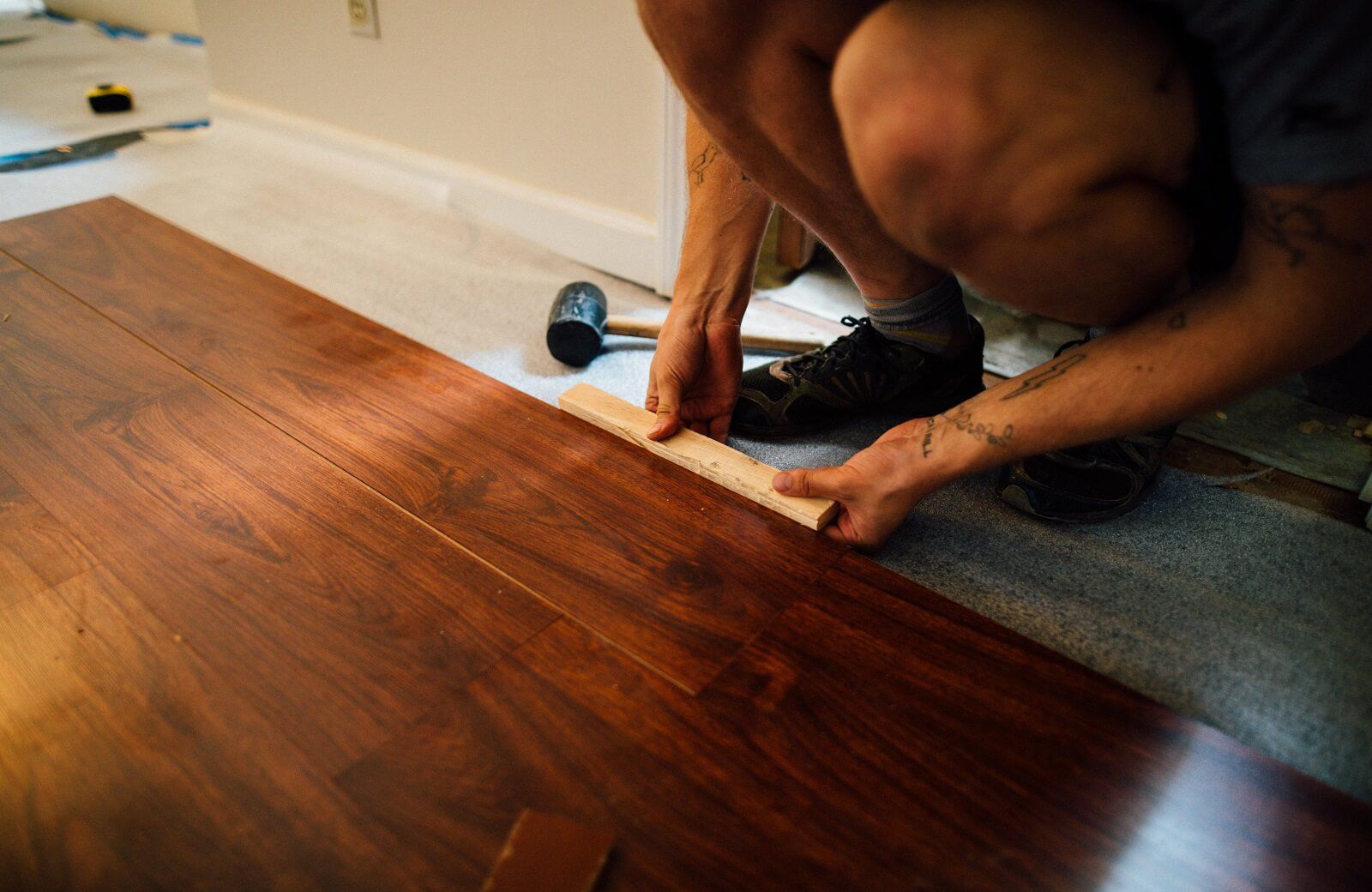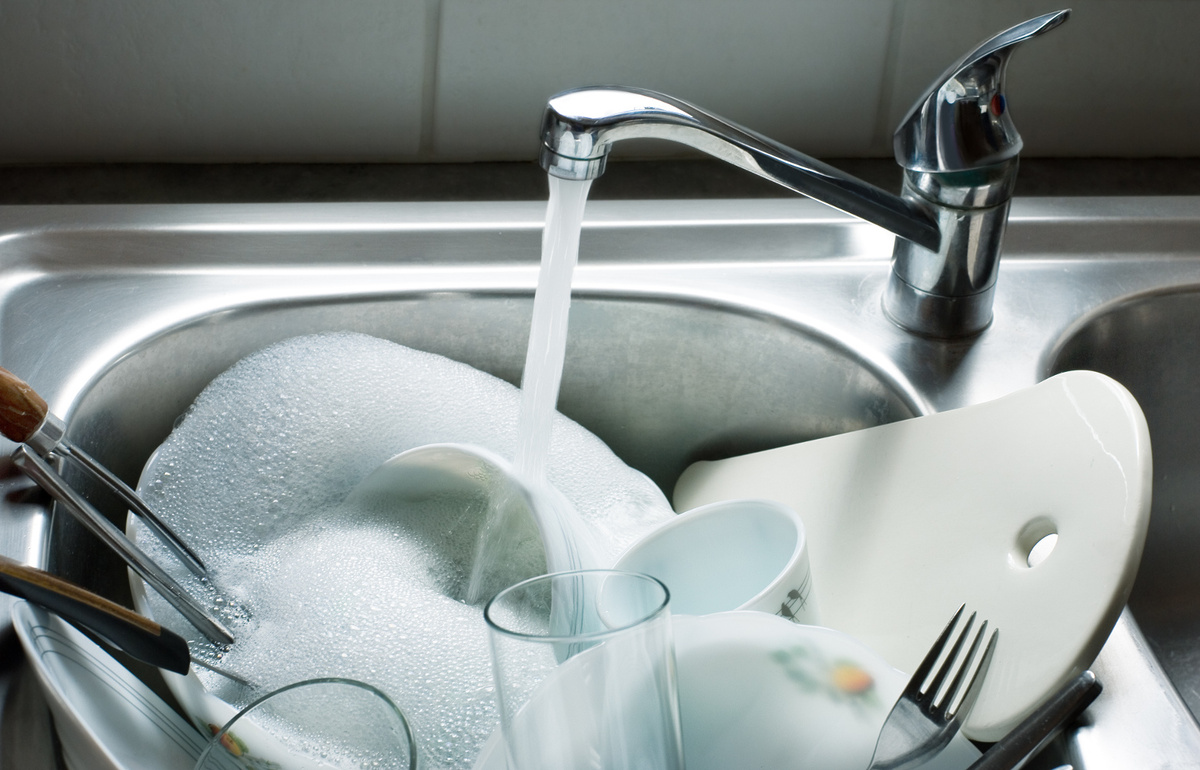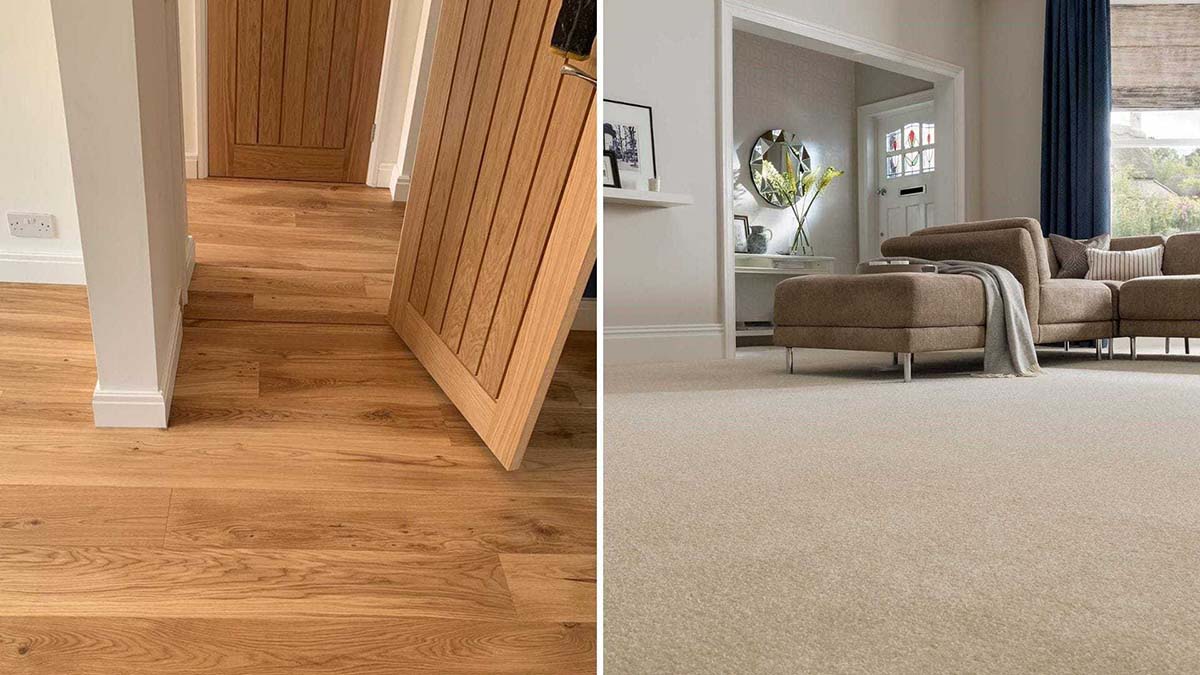

Articles
What Is Cheaper: Carpet Or Laminate?
Modified: October 20, 2024
Discover which flooring option is more budget-friendly: carpet or laminate. Read our informative articles to make an informed decision.
(Many of the links in this article redirect to a specific reviewed product. Your purchase of these products through affiliate links helps to generate commission for Storables.com, at no extra cost. Learn more)
Introduction
When it comes to choosing flooring for your home, there are many factors to consider, including cost, durability, and maintenance. Two popular options that often come up in the discussion are carpet and laminate flooring. Both have their own unique advantages and drawbacks, and it’s important to weigh these factors before making a decision.
In this article, we will explore the cost comparison between carpet and laminate flooring, examining the various factors that can influence the overall expenses. Additionally, we will consider the durability, maintenance requirements, installation costs, and environmental impact of each option, so you can make an informed decision based on your specific needs and preferences.
Let’s dive into the details and discover whether carpet or laminate flooring is the more cost-effective choice for your home.
Key Takeaways:
- While carpet may have a lower upfront cost, laminate flooring proves to be more cost-effective in the long run due to its durability, lower maintenance, and potential for enhanced resale value.
- Consider your specific needs, lifestyle, and environmental concerns when choosing between carpet and laminate flooring. Both options have their pros and cons, so weigh the factors carefully before making a decision.
Read more: How Much To Replace A Carpet With Laminate
Cost Comparison
One of the primary factors that homeowners consider when choosing flooring is cost. Let’s compare the cost of carpet and laminate flooring to give you a better understanding of the financial implications involved with each option.
Carpet is generally considered a more budget-friendly flooring option compared to laminate. The cost of carpet can vary significantly depending on factors such as the quality of the carpet, the type of fibers used, and the thickness of the pile. On average, carpet can range anywhere from $2 to $6 per square foot, including installation costs.
Laminate flooring, on the other hand, tends to be slightly more expensive than carpet. The price of laminate flooring is influenced by factors such as the thickness and quality of the laminate, the design and texture, and the brand. On average, laminate flooring can cost around $3 to $8 per square foot, including installation expenses.
It’s important to note that these figures are general estimates and prices can vary depending on your location and the specific product options available in your area. Additionally, it’s worth mentioning that carpet may require additional costs for padding and installation, while laminate flooring often comes with an underlayment included in the price.
Overall, while carpet may initially be the more cost-effective choice, it’s important to consider the long-term costs associated with each flooring option. This includes factors such as durability, maintenance, and the need for replacement or repairs over time.
Next, let’s explore the various factors that can influence the cost of both carpet and laminate flooring.
Factors Affecting Cost
Several factors can influence the cost of both carpet and laminate flooring. Understanding these factors will help you make an informed decision based on your budget and specific requirements. Here are the key elements to consider:
- Quality: The quality of the carpet or laminate flooring can greatly impact the price. Higher-quality materials often come with a higher price tag due to their durability and aesthetic appeal.
- Brand: Well-known and reputable brands tend to have higher prices compared to lesser-known brands. However, opting for a trusted brand can provide you with peace of mind regarding the quality and longevity of the flooring.
- Style and Design: Different styles and designs of carpet and laminate flooring can vary in price. Intricate patterns, unique textures, and trendy designs may come with a premium price.
- Thickness and Durability: Thicker carpet or laminate flooring often comes at a higher cost but offers better durability. Thicker carpet can provide more cushioning and comfort, while thicker laminate flooring may be more resistant to scratches and wear.
- Installation: The cost of installation is an important factor to consider. Hiring a professional to install the flooring can add to the overall expenses. Alternatively, if you are handy and have experience with flooring installations, you may be able to save money by doing it yourself.
- Location: The cost of flooring materials and installation can vary depending on your location, as prices may be influenced by the local market and availability.
Keep in mind that while cost is an important factor, it should not be the sole determining factor in your decision-making process. Consider your lifestyle, preferences, and the overall aesthetic you want to achieve in your home when weighing the different factors affecting the cost.
In the following sections, we will delve deeper into the specific pricing factors for carpet and laminate flooring.
Carpet Pricing Factors
When considering the cost of carpet flooring, several factors come into play that can influence the overall price. Understanding these factors will help you make an informed decision. Here are the key pricing factors for carpet:
- Carpet Type: There are various types of carpet available, each with its own price range. Nylon carpet is generally more expensive but offers excellent durability. Polyester and olefin carpets are more budget-friendly options.
- Carpet Quality: The quality of the carpet plays a significant role in its price. High-quality carpets made from premium materials will generally cost more than lower-quality options.
- Pile Height and Density: The thickness and density of the carpet pile can impact the price. Carpets with a higher pile height and density tend to be more durable but may also come at a higher cost.
- Carpet Style: Different carpet styles, such as cut pile, loop pile, or a combination, can affect the price. Cut pile carpets, such as plush or Saxony, are often more costly due to their luxurious appearance.
- Additional Features: Certain features, such as stain resistance, antimicrobial properties, or added padding, can add to the cost of the carpet. These features may be beneficial for specific areas or households with children or pets, but they may come at an additional expense.
- Size of the Area: The size of the area where the carpet will be installed will directly affect the price, as more square footage will require more carpet material.
- Installation: Carpet installation costs depend on factors such as the complexity of the space, the need for carpet padding, and whether professional installation is required.
By considering these factors, you can evaluate the cost of carpet flooring and choose the best option that fits your budget and requirements.
Next, let’s explore the pricing factors associated with laminate flooring.
Laminate Pricing Factors
When considering the cost of laminate flooring, several factors come into play that can influence the overall price. Understanding these factors will help you make an informed decision. Here are the key pricing factors for laminate flooring:
- Laminate Quality: Just like carpet, laminate flooring comes in different qualities. Higher-quality laminate flooring tends to be more durable and visually appealing, but it also comes with a higher price tag.
- Laminate Thickness: Laminate flooring is available in different thicknesses, ranging from 6mm to 12mm. Thicker laminate is generally more durable and offers better sound insulation, but it also tends to be more expensive.
- Laminate Design and Finish: The design and finish of laminate flooring can greatly impact the cost. Laminate with intricate designs, realistic textures, and wood or stone finishes tends to be more expensive.
- Brand: Well-known and reputable laminate flooring brands often come at a higher price point due to their established reputation and quality. However, lesser-known brands may offer more affordable options without compromising on quality.
- Installation Process: The cost of installing laminate flooring can vary depending on factors such as the complexity of the space, removal of existing flooring, and whether professional installation is required.
- Underlayment: Laminate flooring typically requires an underlayment for moisture protection, sound insulation, and to enhance the overall feel. Some laminate products include underlayment in the price, while others may require a separate purchase.
Considering these factors when selecting laminate flooring will ensure that you choose a product that fits your budget and meets your expectations in terms of quality and design.
Now that we’ve explored the pricing factors for both carpet and laminate flooring, let’s move on to analyzing the long-term cost implications of each option.
Read more: What Is Cheaper Stucco Or Siding
Long-Term Cost Analysis
When considering the cost of carpet and laminate flooring, it’s essential to evaluate not only the initial investment but also the long-term expenses. Understanding the long-term cost implications will help you make a more informed decision. Here are some factors to consider:
Carpet:
- Replacement and Repair: While carpet may have a lower upfront cost compared to laminate, it typically has a shorter lifespan. Depending on factors like foot traffic and maintenance, carpets may need to be replaced every 5-15 years. Additionally, carpets are more prone to staining and wear, which may require repairs or deep cleaning over time.
- Maintenance: Carpet requires regular vacuuming, periodic professional cleaning, and spot treatments for spills and stains. These maintenance costs can add up over the lifespan of the carpet.
- Allergens and Indoor Air Quality: Carpets can harbor allergens, dust, and pet dander, which may require additional cleaning or air purifiers to maintain good indoor air quality.
Laminate:
- Durability and Lifespan: Laminate flooring is known for its durability and can withstand more wear and tear compared to carpet. It typically lasts anywhere from 15-25 years or more, depending on the quality and maintenance.
- Maintenance: Laminate flooring is relatively easy to maintain, requiring regular sweeping or vacuuming and occasional damp mopping. There’s no need for extensive professional cleaning or specialized products, which can help reduce long-term maintenance costs.
- Resale Value: Laminate flooring is generally considered more desirable among homebuyers compared to carpet, which can potentially enhance the resale value of your home.
Considering the long-term cost implications, laminate flooring may prove to be a more cost-effective option in the long run due to its durability and lower maintenance requirements. However, it’s important to assess your specific needs and preferences before making a final decision.
Next, we’ll examine the durability of carpet and laminate flooring to help you determine which option suits your needs best.
Consider the long-term costs of carpet vs laminate. While carpet may be cheaper upfront, it requires more maintenance and may need to be replaced sooner. Laminate is more durable and easier to clean, potentially saving you money in the long run.
Durability Comparison
When comparing carpet and laminate flooring, durability is an important factor to consider. The durability of the flooring will determine how well it withstands daily use, foot traffic, and potential damage. Let’s explore the durability of both carpet and laminate flooring:
Carpet:
Carpet is known for providing a soft and comfortable surface underfoot. However, it is generally less durable compared to laminate flooring. While there are different types and qualities of carpet, it is more susceptible to wear and tear, stains, and damage from pets, heavy furniture, and high foot traffic. Over time, carpet may flatten, fade, or develop signs of wear, requiring replacement or repairs.
Laminate:
Laminate flooring is highly durable and known for its resistance to scratches, dents, and stains. It is designed to withstand heavy foot traffic and is more resilient to wear and tear compared to carpet. Laminate flooring is also less likely to fade from sunlight exposure. However, it is important to note that lower-quality laminate flooring may be more prone to surface damage and may not be as durable as higher-quality options.
When it comes to durability, laminate flooring generally has the advantage. It is a suitable option for high-traffic areas such as entryways, hallways, and living rooms. However, it is crucial to consider the specific needs and usage of each room in your home to determine the most appropriate flooring option.
Next, let’s discuss the maintenance and cleaning requirements for both carpet and laminate flooring.
Maintenance and Cleaning
The maintenance and cleaning requirements of your flooring choice are essential considerations to ensure its longevity and keep it looking its best. Let’s explore the maintenance and cleaning needs for both carpet and laminate flooring:
Carpet:
Carpet requires regular maintenance and cleaning to keep it in good condition. Here are some key points to consider:
- Vacuuming: Regular vacuuming is necessary to remove dirt, dust, and allergens from the carpet fibers. It is recommended to vacuum at least once a week, or more frequently in high-traffic areas.
- Spot Cleaning: Promptly attending to spills and stains is crucial to prevent them from setting into the carpet fibers. Use appropriate carpet cleaners or homemade solutions to treat stains based on the specific type of stain.
- Professional Cleaning: Periodic professional deep cleaning is recommended to refresh the carpet and remove deep-seated dirt and stains. Depending on the carpet’s condition and usage, professional cleaning may be required every 12-18 months.
- Regular Maintenance: Consider using furniture coasters or pads under heavy furniture to prevent indentations. Additionally, rotating furniture or using rugs in high-traffic areas can help distribute the wear and extend the lifespan of the carpet.
Laminate:
Laminate flooring is relatively easy to maintain and requires minimal effort. Here are some maintenance and cleaning tips for laminate flooring:
- Sweeping or Vacuuming: Regularly sweep or vacuum the floor to remove loose dirt and debris. Use a soft-bristle brush or a vacuum cleaner with a hard floor attachment to prevent scratching the surface.
- Damp Mopping: When necessary, damp mop the laminate flooring using a minimal amount of water or a specifically formulated laminate floor cleaner. Avoid excessive moisture as it can cause damage to the flooring.
- Avoid Harsh Cleaners: Refrain from using abrasive cleaners, wax-based products, or steam mops on laminate flooring, as they can damage the protective layer and dull the finish.
- Preventive Measures: Use furniture pads or felt protectors under heavy furniture to prevent scratches. Wipe up spills immediately to prevent potential damage or staining.
Overall, laminate flooring tends to be easier to clean and maintain compared to carpet. Laminate’s smooth surface makes it less prone to trapping dust, allergens, and stains. However, it’s important to follow manufacturer guidelines and recommendations for cleaning products to ensure the longevity and appearance of your laminate flooring.
Next, let’s discuss the installation costs associated with carpet and laminate flooring.
Installation Costs
When considering carpet or laminate flooring, it’s important to factor in the installation costs. Proper installation ensures the longevity and appearance of the flooring. Let’s explore the installation costs associated with both options:
Carpet:
Installing carpet typically involves professional installation due to the specialized tools and techniques required. The cost of carpet installation can vary depending on factors such as the size of the area, the complexity of the space, and any additional preparatory work needed, such as removing the old carpet or smoothing the subfloor.
On average, carpet installation costs can range from $2 to $5 per square foot. However, it’s important to note that prices can vary depending on location and specific installation requirements. Additionally, additional costs may arise if padding or other materials are needed.
Laminate:
Laminate flooring installation can be a suitable DIY project for those with basic handyman skills. However, hiring a professional for laminate flooring installation can ensure a seamless and professional finish. The cost of laminate flooring installation will depend on factors such as the size of the area, the complexity of the space, and the need for any additional prep work.
On average, laminate flooring installation costs can range from $2 to $5 per square foot. However, labor costs can vary, so it’s important to obtain multiple quotes from reputable professionals to get an accurate estimate.
It’s worth mentioning that laminate flooring often comes with a click-lock or floating installation system, which can make the installation process simpler and quicker compared to carpet installation.
When comparing the installation costs of both carpet and laminate flooring, laminate has the potential to be more cost-effective, especially if you have the skills and confidence to install it yourself. However, professional installation may be necessary for complex areas or if you prefer a more professional finish.
Next, let’s look at the environmental impact of both carpet and laminate flooring.
Read more: What Are Laminate Countertops
Environmental Impact
The environmental impact of flooring materials is a significant consideration for environmentally conscious homeowners. Let’s examine the environmental impact associated with both carpet and laminate flooring:
Carpet:
Carpet has both positive and negative environmental aspects to consider:
- Renewable Materials: Some carpet manufacturers use natural fibers, such as wool or plant-based materials like jute or sisal, which are renewable and biodegradable.
- Energy Consumption: The manufacturing process of synthetic carpet fibers, such as nylon or polyester, consumes energy and resources.
- Emissions: The production and installation of carpet can result in the release of volatile organic compounds (VOCs), contributing to indoor air pollution. However, many carpet manufacturers now offer low VOC or eco-friendly options.
- Disposal: When carpet reaches the end of its life, proper disposal can be a challenge. It often ends up in landfills, where it takes a considerable amount of time to decompose.
Laminate:
Laminate flooring also has environmental aspects to consider:
- Raw Materials: Laminate flooring is typically made with a combination of wood fibers and resin. The sourcing of these materials can have varying levels of sustainability, depending on the manufacturer.
- Emissions: Laminate floors can emit small amounts of VOCs during installation and when exposed to high temperatures. However, many manufacturers comply with strict emission standards, making low-VOC options available.
- Durability and Lifespan: The durability of laminate flooring can contribute to its environmental impact. A longer lifespan means less material waste and fewer replacements required over time.
- Recyclability: While laminate flooring is not easily recyclable due to its construction, some manufacturers offer recycling programs to reduce waste and encourage sustainability.
Ultimately, choosing carpet or laminate flooring with environmentally friendly certifications and sustainable manufacturing practices can help minimize the environmental impact. Additionally, opting for durable flooring with a longer lifespan reduces the need for frequent replacements.
Now that we’ve discussed the environmental impact, let’s summarize the key points and conclude the article.
Conclusion
Choosing between carpet and laminate flooring involves considering various factors, including cost, durability, maintenance, installation, and environmental impact. Let’s summarize the key points we’ve discussed to help guide your decision:
When it comes to cost, carpet tends to be more budget-friendly upfront, while laminate flooring may have a slightly higher initial cost. However, considering the long-term expenses and durability, laminate flooring may prove to be the more cost-effective option over time.
In terms of durability, laminate flooring is generally more durable and resistant to wear and tear compared to carpet. Carpet, on the other hand, is prone to staining, wear, and may require more frequent replacement or repairs.
Maintenance and cleaning requirements vary between the two options. Carpet requires regular vacuuming, spot cleaning, and periodic professional cleaning. On the other hand, laminate flooring is relatively easy to maintain with regular sweeping and damp mopping.
Installation costs for both carpet and laminate flooring can vary depending on factors such as the size of the area, complexity of the space, and the need for professional installation. Laminate flooring may offer the potential for more cost-effective installation, especially if you have the skills to install it yourself.
Considering the environmental impact, both carpet and laminate flooring have their pros and cons. Some carpet options use renewable materials, while laminate flooring may consist of a combination of wood fibers and resin. However, both options have potential emissions and disposal challenges.
In conclusion, the choice between carpet and laminate flooring ultimately depends on your specific needs, preferences, and lifestyle. Consider factors such as cost, durability, maintenance requirements, installation costs, and environmental impact when making your decision. It is recommended to visit showrooms, consult with professionals, and gather samples to get a better understanding of how each option will look and feel in your home.
We hope this article has provided you with valuable insights to help you make an informed decision on whether carpet or laminate flooring is the right choice for your home. Remember, it’s important to evaluate your unique circumstances and consider a balance between budget, functionality, aesthetics, and sustainability.
Frequently Asked Questions about What Is Cheaper: Carpet Or Laminate?
Was this page helpful?
At Storables.com, we guarantee accurate and reliable information. Our content, validated by Expert Board Contributors, is crafted following stringent Editorial Policies. We're committed to providing you with well-researched, expert-backed insights for all your informational needs.
